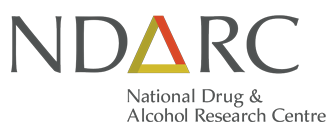15 June 2025

What is the ROBINS-I assessment tool?
This automated tool streamlines the bias assessment process by guiding researchers through the Risk Of Bias In Non-randomized Studies - of Interventions (ROBINS-I) framework without requiring manual navigation of complex algorithm trees. The tool automatically presents the next appropriate question and determines the risk of bias based on responses, making bias assessment more intuitive, efficient, and accessible for systematic reviews.
Why bias assessment matters
Research studies vary in their design and methodology, which can introduce different types of bias that affect the reliability and validity of their findings. Hence, risk of bias assessment is a crucial step when synthesising and integrating the findings from studies to guide clinical practices. Without proper bias assessment, conclusions drawn from research syntheses may be misleading or overstate the strength of evidence.
The challenge
Non-randomised interventional studies are increasingly important in drug and alcohol research, particularly when randomised trials are impractical or unethical. ROBINS-I evaluates bias across seven key domains including confounding, participant selection, and outcome measurement. The traditional ROBINS-I assessment tool requires navigating multiple, complex decision trees based on assessors’ responses to signalling questions, which can be time-consuming, especially when assessing multiple studies. This automated tool was developed by NDARC Research Assistant, Xintong Huang to streamline that process.
Citation
Huang, XT, Automatic tool for Risk of Bias In Non-randomised Studies of Interventions (ROBINS-I), 2025. National Drug and Alcohol Research Centre (NDARC), University of New South Wales, Australia. Available from: https://www.unsw.edu.au/research/ndarc/resources/risk_of_bias_tool
Please note: The ROBINS-I assessment tool is not compatible with Apple Mac devices.
Fact sheets and resources
Xintong Huang
Download this tool




